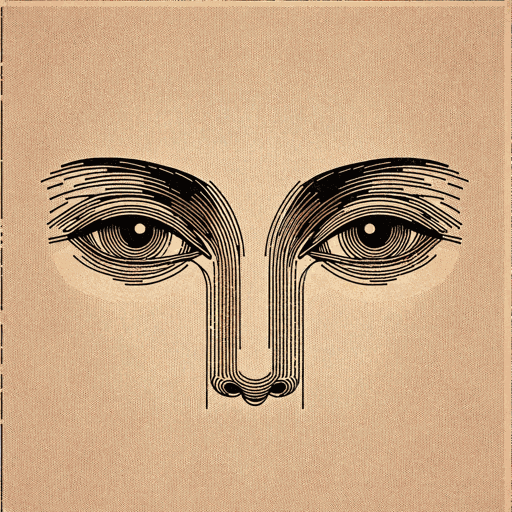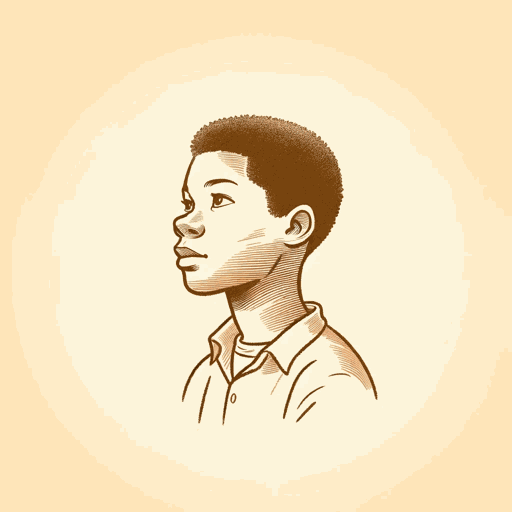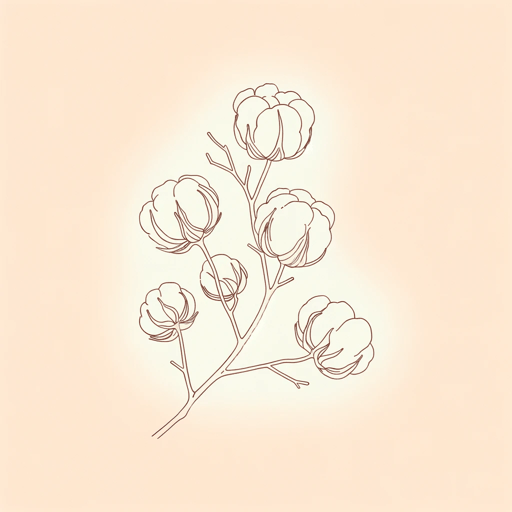40 pages • 1 hour read
Langston HughesThank You, M'am
Fiction | Short Story | Adult | Published in 1958A modern alternative to SparkNotes and CliffsNotes, SuperSummary offers high-quality Study Guides with detailed chapter summaries and analysis of major themes, characters, and more. For select classroom titles, we also provide Teaching Guides with discussion and quiz questions to prompt student engagement.
Story Analysis
Analysis: “Thank You, M’am”
“Thank You, M’am” is a 1958 short story by African American writer Langston Hughes, the figure perhaps most strongly associated with the Harlem Renaissance. This movement, which developed in 1920s and ’30s New York, witnessed the rise of a new generation of artists and intellectuals rooted in and speaking about black culture, identity, and history. For Hughes, who rose to prominence as a poet, this often meant working to capture the rhythms and patterns of traditionally black musical genres (e.g., the blues, spirituals, jazz). At other times, Hughes hearkened back to the mostly white literary tradition exemplified by writers like Walt Whitman, seeking to adapt their celebration of the American ethos to the black experience.
“Thank You, M’am” belongs to a different genre and era than Hughes’ best-known work but nevertheless has much in common with his earlier writings. Although Hughes never explicitly states that the characters are black, certain elements of the story are unique to the African American experience. The unnamed neighborhood in which the story takes place is most likely Harlem, which provides important historical context for Roger’s implied poverty; the neighborhood was devastated by the Great Depression and struggled to fully recover even in the prosperous years following World War II.
Related Titles
By Langston Hughes

Children’s Rhymes
Langston Hughes

Cora Unashamed
Langston Hughes

Dreams
Langston Hughes

Harlem
Langston Hughes

I look at the world
Langston Hughes

I, Too
Langston Hughes

Let America Be America Again
Langston Hughes

Me and the Mule
Langston Hughes

Mother to Son
Langston Hughes

Mulatto
Langston Hughes

Mule Bone: A Comedy of Negro Life
Langston Hughes, Zora Neale Hurston

Not Without Laughter
Langston Hughes

Slave on the Block
Langston Hughes

The Big Sea
Langston Hughes

Theme for English B
Langston Hughes

The Negro Artist and the Racial Mountain
Langston Hughes

The Negro Speaks of Rivers
Langston Hughes

The Ways of White Folks
Langston Hughes

The Weary Blues
Langston Hughes

Tired
Langston Hughes

